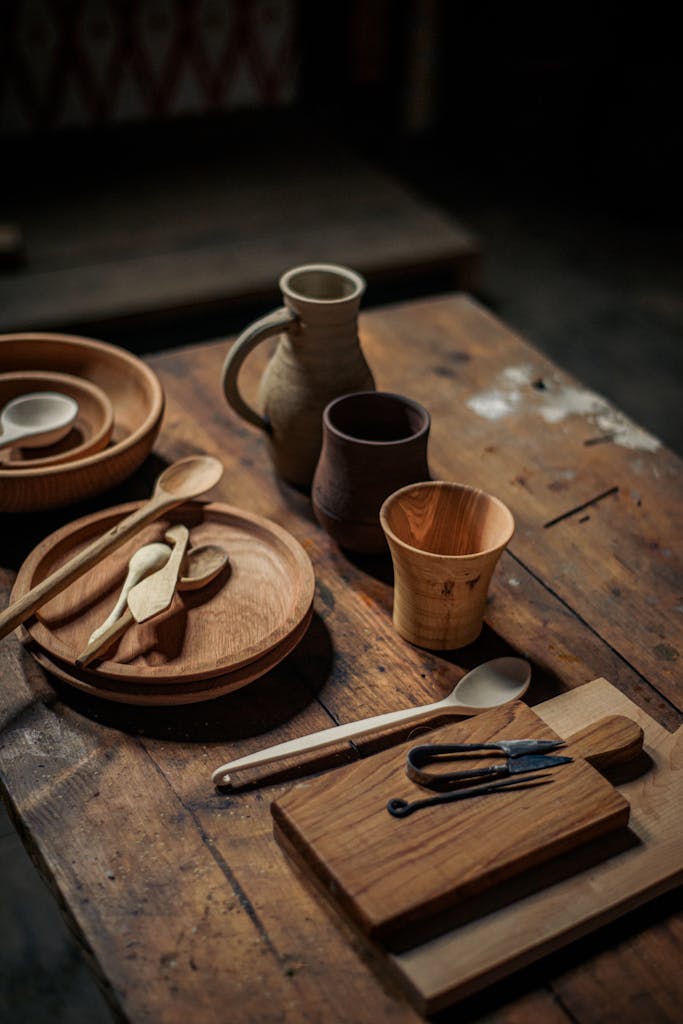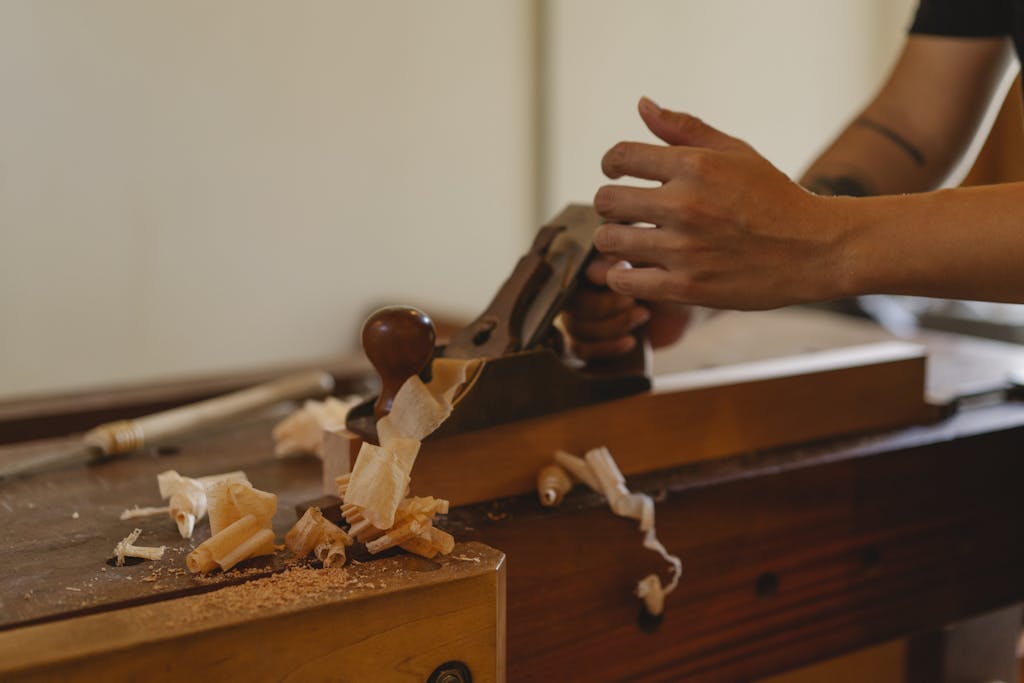Understanding the Basics of Woodworking Workflow
Woodworking involves more than simply cutting and assembling wood. It’s a step-by-step process that follows a structured approach to turn raw materials into functional and beautiful items. For beginners, understanding this workflow is essential for producing quality results while minimizing mistakes. Here’s a breakdown of the key stages in a basic woodworking workflow.
1. Project Planning and DesignStart with a clear concept of what you want to build. Create a sketch or select a pre-made plan. Consider measurements, the type of wood, joinery methods, and finishing touches. Detailed planning helps ensure a smoother building experience.
2. Selecting Wood MaterialsChoose the appropriate wood based on your project’s needs. Look for boards that are straight, properly dried, and free from excessive defects like deep knots or cracks. Consider the wood’s texture, strength, and color.
3. Measuring and LayoutAccurately measure each piece needed and mark your cuts clearly. Tools like a measuring tape, square, and pencil are essential for this stage. Precision here prevents errors later.
4. Cutting ComponentsUse the appropriate saws—such as a handsaw, jigsaw, or table saw—to cut pieces to the specified size. Always prioritize safety and double-check measurements before making cuts.
5. Preparing the SurfacesSmooth the wood surfaces using a planer or sandpaper. This makes the parts easier to work with and helps improve the look and quality of the final finish.
6. Joining the PiecesAssemble the wood parts using a suitable joining method—like dowels, biscuits, glue, or screws. The choice depends on the design and strength requirements of your project.
7. Test Fit and AssemblyBefore permanent assembly, perform a dry fit to make sure everything aligns properly. Make adjustments as necessary. Once satisfied, proceed with the final gluing and fastening.
8. Final SmoothingAfter assembly, do a complete sanding of the entire piece. This step helps eliminate sharp edges and prepares the wood for finishing products.
9. Applying a FinishProtect and enhance the wood’s look by applying a finish such as stain, oil, or lacquer. Apply evenly with a brush or cloth and allow sufficient time for each coat to dry.
10. Quality Check and Clean-UpInspect the completed project for any rough areas or imperfections. Perform any final touch-ups and clean your tools and workspace to maintain efficiency for future projects.
ConclusionMastering the woodworking workflow gives beginners a strong foundation for creating durable and attractive pieces. By following each step methodically, you can build your skills and confidence while enjoying the art of woodworking.


